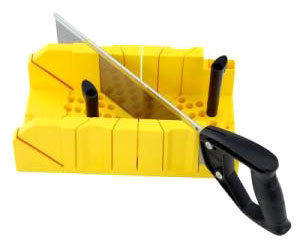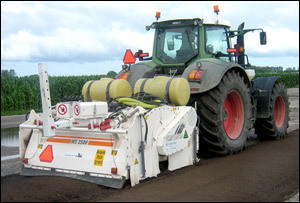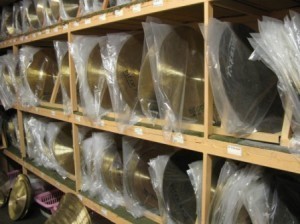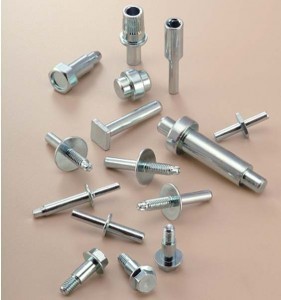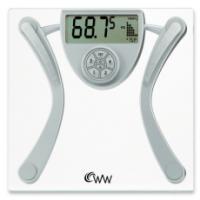Mechanical Pencils Size Chart
Primarily used as an art medium or a writing implement, a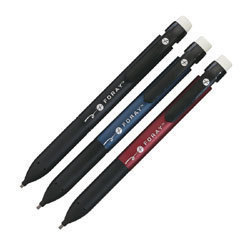 mechanical pencil features a solid marking core that is unattached to the outer casing. The core can be extended easily once the point is worn out. Through the years, it has been called using different alternative names such as automatic pencil, propelling pencil and lead pencil. Furthermore, it also has been referred to as lead holder, clicky pencil as well as technical pencil. In addition to these basic details, it is also interesting to find out the different sizes of mechanical pencils.
mechanical pencil features a solid marking core that is unattached to the outer casing. The core can be extended easily once the point is worn out. Through the years, it has been called using different alternative names such as automatic pencil, propelling pencil and lead pencil. Furthermore, it also has been referred to as lead holder, clicky pencil as well as technical pencil. In addition to these basic details, it is also interesting to find out the different sizes of mechanical pencils.
The Different Sizes of Mechanical Pencils
In 1938, the standard lead size of 0.9 millimeters was introduced for mechanical pencils. Soon after, other sizes followed like the 0.7-millimeter, the 0.5-millimeter and the 0.3-millimeter versions. Later on, other sizes were released as well such as the 0.2-millimeter, 0.4-millimeter and 1.4-millimeter writing mechanisms. In terms of length, the size of a standard mechanical pen is similar to regular pens, which range from 10 centimeters to 14 centimeters on the average.
Thicker leads are used in clutch pencils, which is one of the major types of mechanical pencils. The measurement of these leads ranges from 2 millimeters to 4 millimeters. Although you can find the lead sizes of 2 millimeters, 0.9 millimeter and 0.3 millimeter, the most popular sizes remain the 0.7-millimeter and the 0.5-millimeter versions.
Additional Facts and Other Interesting Details
It is advantageous to use a mechanical pencil because it does not need sharpening. Once the tip is worn out, performing a few clicks is enough to replace it with a new one. More importantly, this kind of pencil is guaranteed to provide lines with constant thickness. This specific feature makes it a highly preferred tool for writing and technical drawing.
In 1822, the very first patent for this kind of pencil was granted to a couple of inventors named John Isaac Hawkins and Sampson Mordan in Great Britain. After that, Mordan bought out the rights to this lead-propelling and refillable pencil. From 1823 to 1837, he decided to form a business partnership with an entrepreneur named Gabriel Riddle.
Mordan and Riddle decided to part ways in 1838. After that, Mordan continued to manufacture such kind of pencils. His company operated under the business name S. Mordan & Co. The business eventually closed during World War II when a bomb hit its production facility.
Over 160 patents were aimed to improve the quality as well as features of mechanical pencils from 1822 to 1874. In 1877, a patent was given to the spring-loaded mechanical pencil. In 1895, the development of a twist-feed mechanism took place. A metalworker named Tokuji Hayakawa developed a vastly improved version of the mechanical pencil in Japan, which eventually led to its success in the country in 1915.
